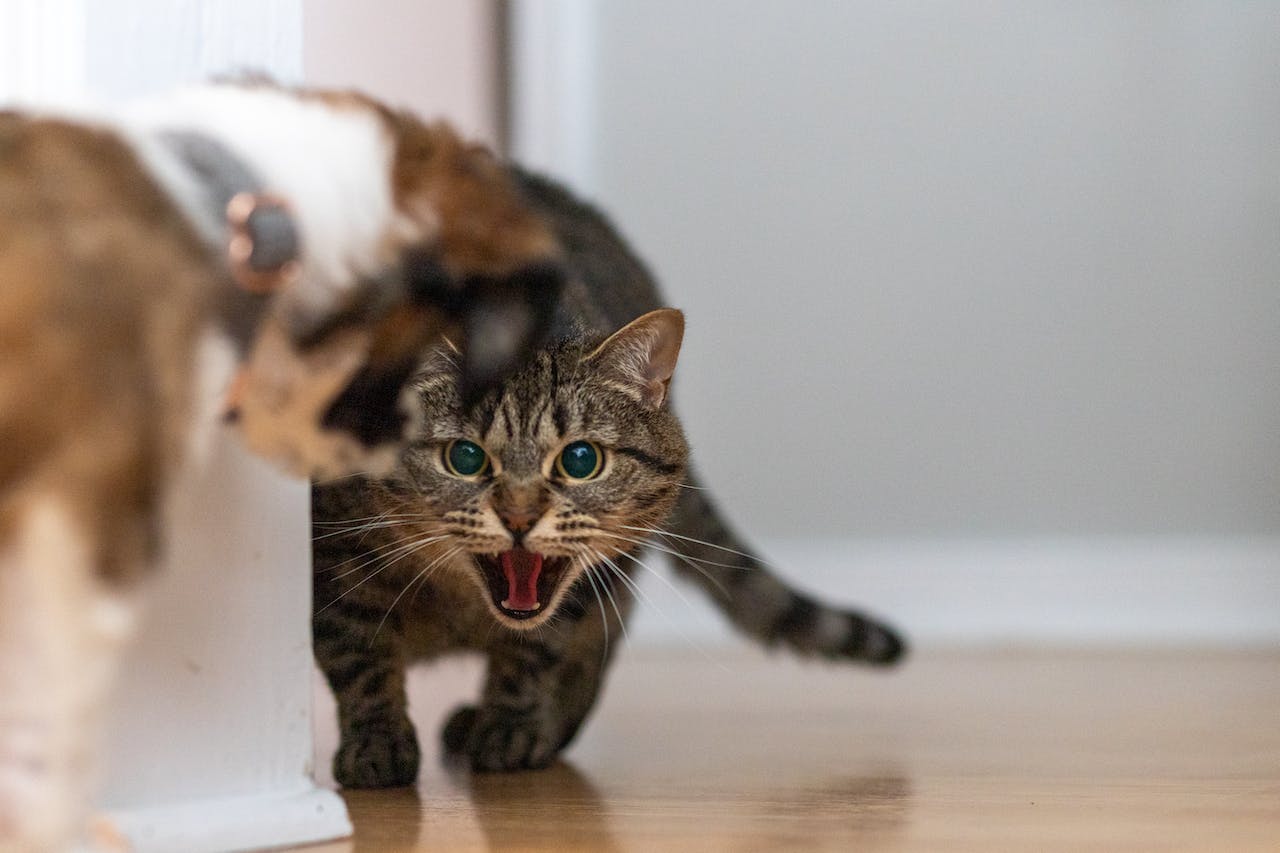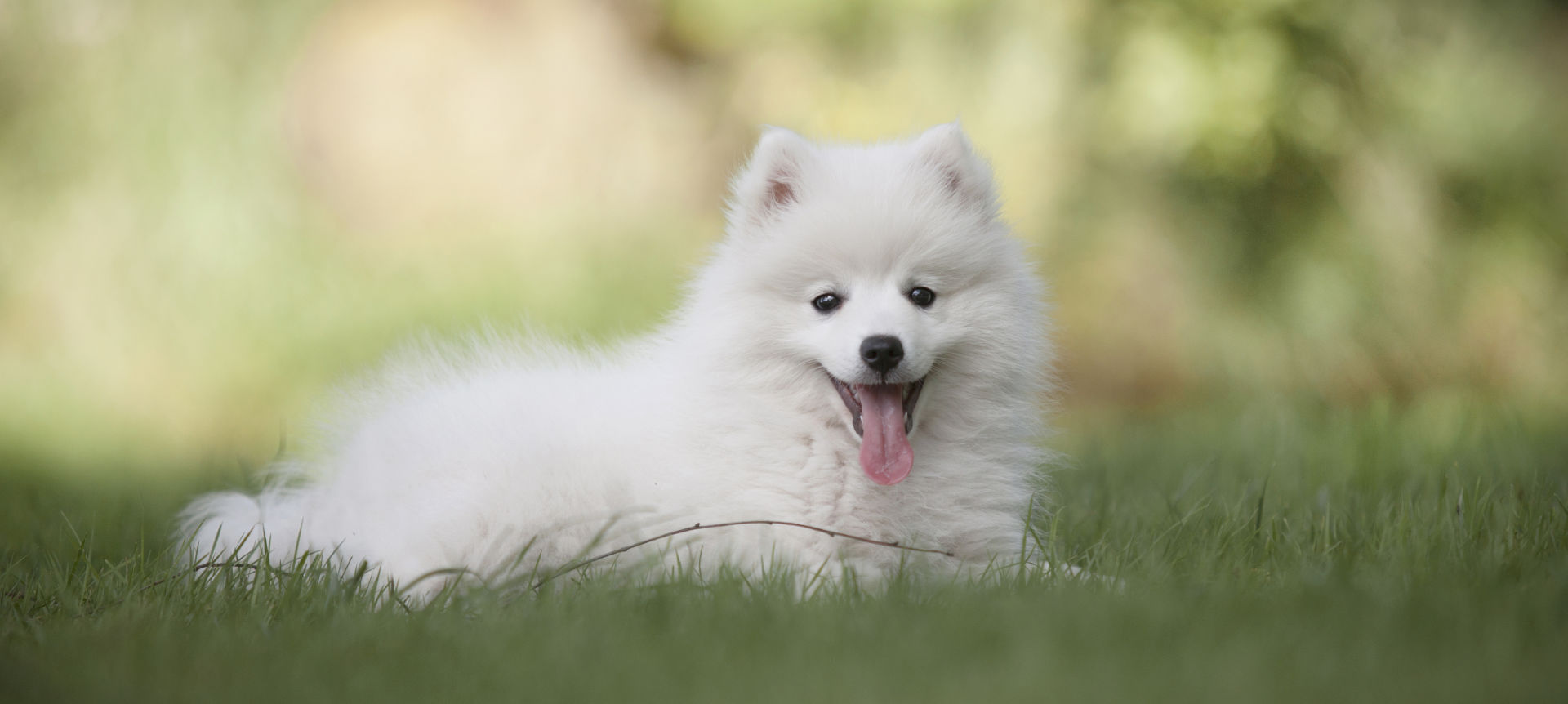
15 Nov The Silent Struggle: Unraveling the Signs of Dental Pain in Cats
Cats, known for their mysterious and independent nature, often hide signs of discomfort or pain. Among the various health concerns that may afflict our feline companions, dental issues are among the most common yet frequently overlooked problems. Unlike dogs, cats may not readily express their dental pain, making it challenging for pet owners to detect and address these issues in a timely manner. In this blog, we will delve into the subtle signs of dental pain in cats, the symptoms of dental disease, potential causes, and the importance of preventive care in preserving our feline friends’ oral health.
Cats are masters at masking signs of pain or discomfort. This behavior stems from their evolutionary instinct to avoid displaying weakness, as it could make them vulnerable to predators. In the case of dental pain, cats may go to great lengths to hide their suffering, making it imperative for pet owners to be vigilant and observant.
Subtle Symptoms of Dental Disease
Dental disease in cats can manifest in various ways, and early detection is crucial for effective intervention. Some subtle signs of dental pain in cats to watch for include:
- Changes in Eating Habits: Cats experiencing dental pain may exhibit reluctance to eat or chew on one side of the mouth. They may also drop food while eating or show signs of discomfort during meals.
- Altered Grooming Behavior: An increase or decrease in grooming could indicate dental pain. Cats may groom excessively in an attempt to soothe discomfort or neglect grooming altogether due to pain while manipulating their mouths.
- Unexplained Weight Loss: Dental issues can lead to weight loss as cats may avoid eating due to pain. If your cat is losing weight without an apparent cause, dental problems could be a contributing factor.
- Bad Breath (Halitosis): Persistent bad breath can be a sign of dental disease. It is often caused by the accumulation of bacteria in the mouth due to dental plaque and tartar.
- Pawing at the Mouth: If your cat is frequently pawing at its mouth, it may be attempting to alleviate pain or discomfort. This behavior can also be indicative of dental issues.
Causes of Dental Disease in Cats
Understanding the potential causes of dental disease in cats can help pet owners take preventive measures. Some common culprits include:
- Poor Dental Hygiene: Cats, unlike dogs, are less amenable to having their mouths examined or their teeth brushed. This can lead to the accumulation of plaque and tartar, fostering dental issues.
- Age and Genetics: Older cats are more prone to dental problems, and genetics can play a role in predisposing certain breeds to dental issues.
- Diet: A diet lacking in dental care components, such as crunchy kibble or dental treats, may contribute to the development of dental disease.
- Systemic Diseases: Certain systemic conditions, such as feline immunodeficiency virus (FIV) or feline leukemia virus (FeLV), can impact a cat’s oral health.
- Tooth Resorption: This painful condition involves the breakdown of tooth structure and is relatively common in older cats.
Body Language and Behavior Changes Associated with Dental Pain in Cats
- Changes in Vocalization: Increased meowing or vocalization, especially while eating, may indicate discomfort.
- Avoidance of Affection: Cats in pain may shy away from physical contact, especially around the head and neck area.
- Lethargy: Dental pain can lead to a decrease in overall activity and playfulness.
- Aggression: A cat in pain may become more irritable and aggressive, particularly when approached or handled.
The Progression of Dental Disease
Dental disease in cats is often progressive, and without timely intervention, irreversible damage can occur. The stages of dental disease include:
- Plaque Formation: Bacteria in the mouth form a sticky film called plaque, which adheres to the teeth.
- Tartar Accumulation: If plaque is not removed through regular dental care, it hardens into tartar, contributing to gum inflammation.
- Gingivitis: Inflamed gums, or gingivitis, is an early stage of dental disease and can be reversible with proper care.
- Periodontal Disease: As dental disease advances, it can lead to the destruction of the supporting structures of the teeth, resulting in irreversible damage.
- Tooth Loss: In severe cases, advanced dental disease can lead to tooth loss, affecting a cat’s ability to eat and causing ongoing pain.
The Importance of Preventive Care
Given the challenges of examining a cat’s mouth, preventive care becomes paramount in maintaining their oral health. Some key measures include:
- Regular Veterinary Check-ups: Schedule routine dental check-ups with your veterinarian, who can perform professional cleanings and address any emerging issues.
- Dietary Choices: Opt for cat food that promotes dental health, such as formulations designed to reduce plaque and tartar.
- Home Dental Care: Gradually introduce dental care routines, including brushing your cat’s teeth and providing dental treats or toys.
- Observation and Early Intervention: Be vigilant about changes in your cat’s behavior, eating habits, and overall health. Early intervention can prevent the progression of dental disease.
Conclusion
Cats, masters of hiding pain, can suffer silently from dental issues that, if left unchecked, can lead to irreversible damage. Understanding the subtle signs of dental pain in cats, the causes of dental disease, and the importance of preventive care is crucial for maintaining the overall health and well-being of our feline companions. By being proactive and attentive to their oral health, pet owners can ensure that their cats lead comfortable and pain-free lives.
Photo by Michael Morse from Pexels


